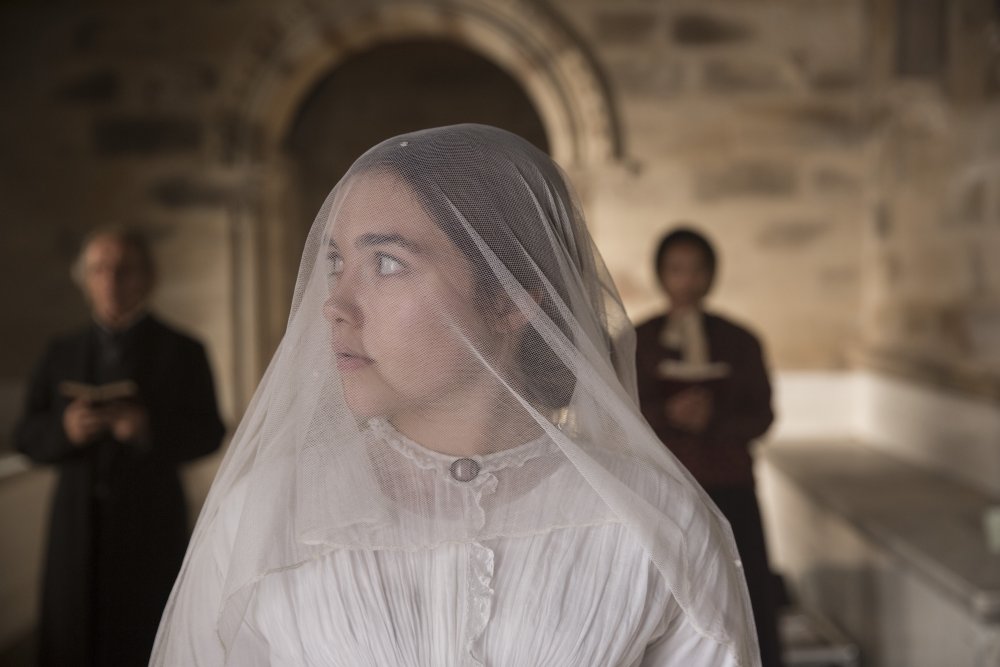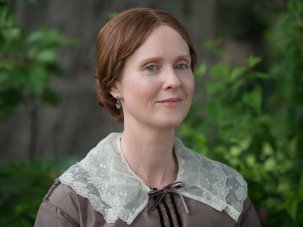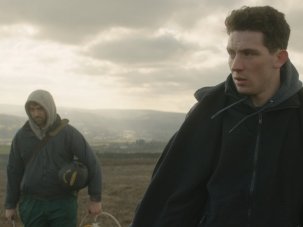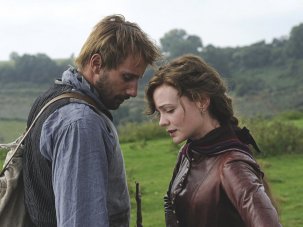Although the wardrobe in William Oldroyd’s feature debut, a micro-budget adaptation of Nikolai Leskov’s novella Lady Macbeth of Mtsensk, is not extravagant, its antiheroine is caught in a costume drama.
United Kingdom 2016
Certificate 15 88m 55s
Director William Oldroyd
Cast
Katherine Florence Pugh
Sebastian Cosmo Jarvis
Alexander Paul Hilton
Anna Naomi Ackie
Boris Christopher Fairbank
Teddy Anton Palmer
[2.35:1]
UK release date 28 April 2017
Distributor Altitude Film Distribution
► Trailer
Trapped in a loveless, sexless marriage to an older man, and bound by the confines of their draughty moorland home, Katherine (Florence Pugh) has no occupation for her days except to dress and undress. Each morning and evening her maid Anna (Naomi Ackie) assists with the rigmarole of crinolines and hair-pinning, and at night her husband Alexander’s physical interest in her begins and ends with demanding she remove her nightdress – leaving her to shiver alone. As Anna tightens Katherine’s corset and scrapes a brush through her tangled hair, Lady Macbeth presents the rituals required of a lady of the manor as painful, perverse and constricting.
Left alone when the men travel on business, Katherine takes increasingly less care over appearances, until the whole county knows that she is sleeping with a groom, Sebastian (Cosmo Jarvis) – their repeated, urgent sexual encounters rarely allowing any time to disrobe. Katherine’s audacious response is not to cover her shame, but to kill those who could expose her or thwart her ambition to be the mistress of herself, and the household. When the lovers first meet, Anna is naked and being weighed like a pig by a circle of taunting men; a porcine reference quite the opposite of Arabella Don’s bold introduction in Hardy’s Jude the Obscure. It’s clear, though, that Katherine craves blood as much as sex: her teeth crunch on Sebastian’s knuckle before she succumbs to him; she insists on kissing his seeping wounds.
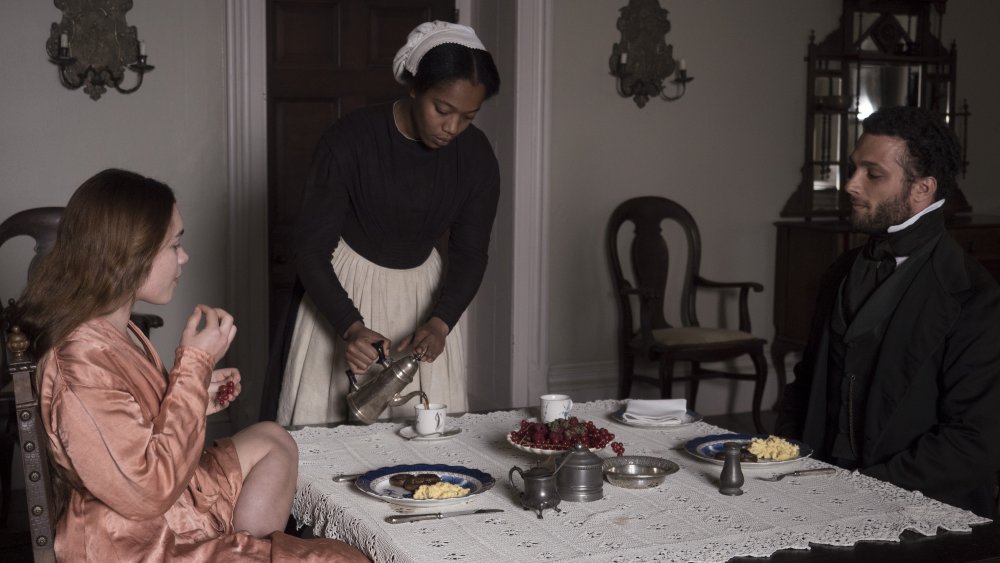
Florence Pugh, Naomi Ackie and Cosmo Jarvis in Lady Macbeth (2016)
Set in an unnamed region of northern England in the 19th century, Lady Macbeth forgoes the luxe flourishes of much period filmmaking. Stripped back, even in comparison to Leskov’s short source text, the film has scant dialogue, and less music. Alice Birch’s screenplay reduces the narrative to its revenge-drama essence. The violence is primarily psychological: the cruelty inflicted on Katherine, the abuses suffered by Anna, the guilt that haunts Sebastian. The novella’s supernatural horrors have been discarded, leaving just a dark-eyed, pale-furred cat slinking around the house and a horse’s corpse slowly rotting in the woods to recall its demonic visions. Oldroyd’s camera too is averted from the worst of the physical violence, which takes place just off screen or at a nearly safe distance.
Devoid of cosseting music, the sound mix is disconcerting, with bone-crushing effects and the wind buffeting the characters around on the moor. An abrupt cut emphasises the brutality of a beating; the sound of a character dying behind a door evokes a desperate, scrabbling dog. Mostly, though, the camerawork is unruffled, like Katherine. Symmetrical interior shots are interspersed with bursts of handheld tracking, and there are horizon-expanding wide shots of the moors: purple-fringed with heather or steel-grey under lowering skies. The greatest visual contrast is between the confined spaces of the manor house, where Katherine is ordered to remain, and the wuthering outdoors, where she seems to gain strength. Her lover Sebastian lives halfway between indoors and out, exiled to the stables.
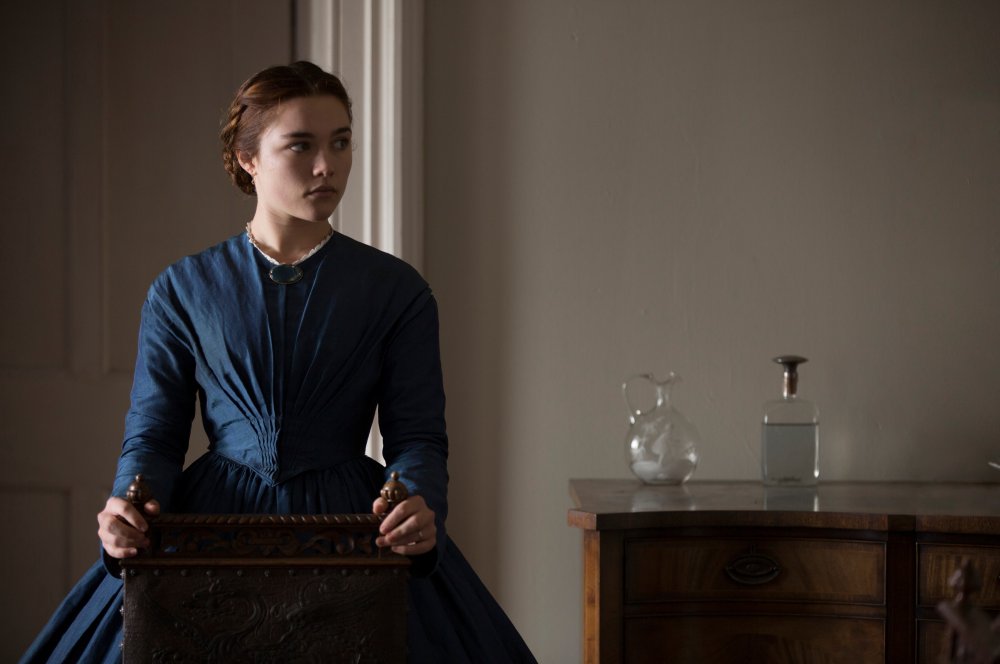
It is eventually revealed that the tidy, symmetrical spaces of the house aren’t oppressing Katherine at all: with her neat, heart-shaped face, centre-parted hair and stiff bearing, she matches its formality, to the manor born. While Katherine and her ill-fated in-laws are white, Anna is black, as is Alexander’s young ward Teddy, who threatens Katherine’s inheritance. Sebastian, beneath a face smeared with muck, has brown skin. As Katherine bloodily rebels against her own conjugal oppression, being a chattel bought, as Alexander says, “along with a piece of land not fit enough to graze a cow on”, she exploits and victimises those below her on the social ladder: non-white, poor, illegitimate.
Lady Macbeth is a compelling first feature from Oldroyd, a distinctively talented director. Pugh’s magnificently well-conceived performance as Katherine is at the film’s heart, and Ackie is outstanding as her shadow, with just as strong a storyline, despite having far fewer lines. As the patriarchal villains, Christopher Fairbank is memorably vile as the father-in-law, and Paul Hilton filthily vituperative as his dysfunctional son. Jarvis brings a plaintive quality to the most difficult role, with Sebastian’s remnants of virtue fighting his lust for Katherine.
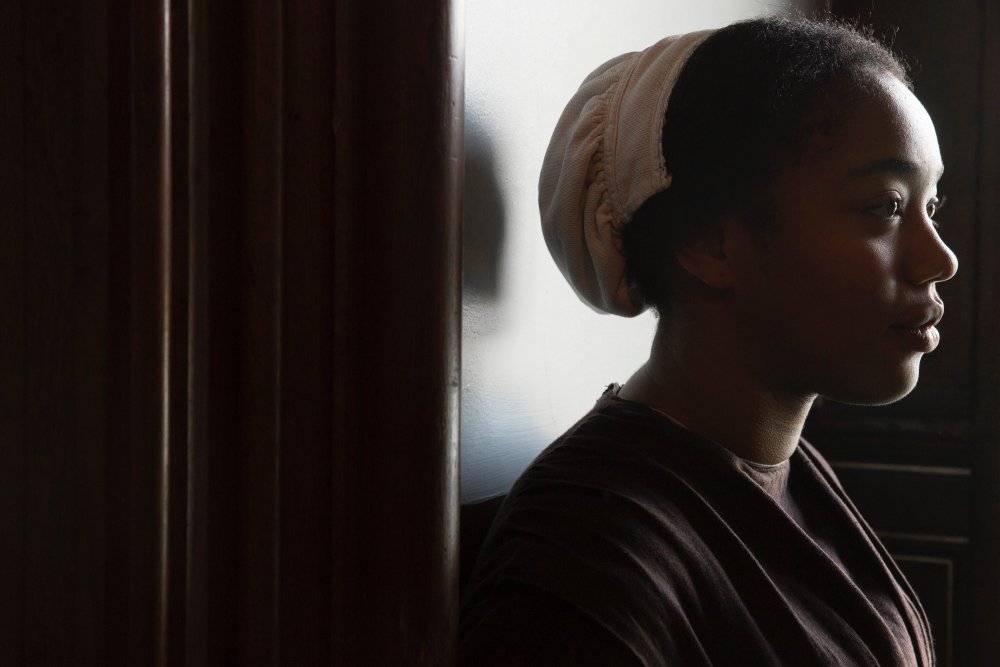
Naomi Ackie as Anna
Brisk and sure-footed, Lady Macbeth outclasses many of its peers in British period cinema, not because of its bold use of sex and violence, but because of its dramatic intelligence and its skill at filleting contemporary relevance from a classic literary source.
In the May 2017 issue of Sight & Sound
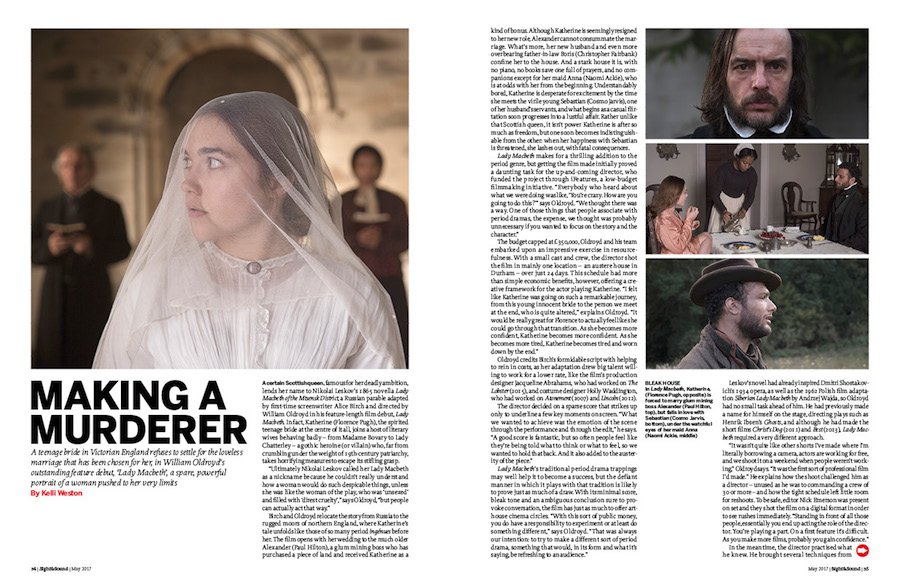
Making a murderer
A teenage bride in Victorian England refuses to settle for the loveless marriage that has been chosen for her, in William Oldroyd’s outstanding feature debut Lady Macbeth, a spare, powerful portrait of a woman pushed to her very limits. By Kelli Weston.
-
Sight & Sound: the May 2017 issue
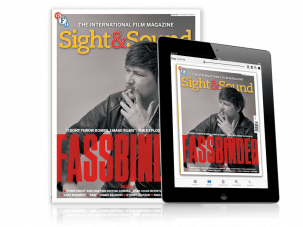
The explosive genius of Rainer Werner Fassbinder: a 14-page tribute. Plus Lady Macbeth, Raw and cannibalism on film, James Baldwin, Their Finest...
-
The Digital Edition and Archive quick link
Log in here to your digital edition and archive subscription, take a look at the packages on offer and buy a subscription.




